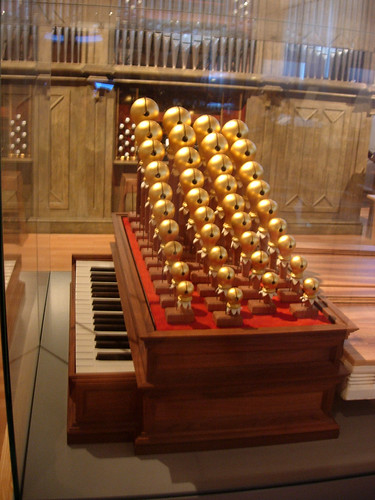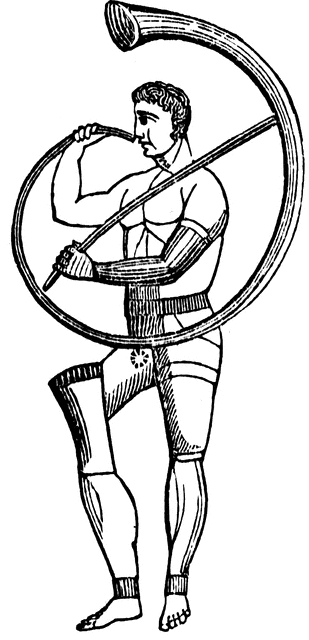LastCorpseStanding
New member
Thanks for the article Felix. I think all of us would prefer the pipes given the chance. As I remarked one time earlier, one of the nicest organs I played was the 3 rank continuo at Trinity College, U of Toronto. Although limited in spec, it was far nicer than the 2 manual Casavant in the gallery. Ms Armstrong's parallel of organ pipes representing the settling in of a community really puts a whole new perspective on the organ I'd never considered.
I had no idea that Classic's console control system was as versatile as it is. Those sorts of technical details are well out of my league. Having talked to Arie on several occasions, I mentioned that I could see Classic surviving more on their parts and system supply business, and less on organs. His opinion was that hauptwerk was the only segment of the business really growing right now. Digital and pipe organs are, if not in decline, certainly stagnant. (I know Phoenix may well be an exception.)
It occurred to me that I should ask Don about the possibility of having a license type setup, whereby I'm allowed to have access to the full library, and be allowed x number of stops to be active at any time for a period of time. That would allow for trial of a number of different specs to choose what I think would work best, and, after 90 days or so, it could be locked into the instrument. You never know, maybe that will become the new way of selling digital organs to guys like us that understand how to choose a spec and want a custom stoplist without the custom price.
LCS
I had no idea that Classic's console control system was as versatile as it is. Those sorts of technical details are well out of my league. Having talked to Arie on several occasions, I mentioned that I could see Classic surviving more on their parts and system supply business, and less on organs. His opinion was that hauptwerk was the only segment of the business really growing right now. Digital and pipe organs are, if not in decline, certainly stagnant. (I know Phoenix may well be an exception.)
It occurred to me that I should ask Don about the possibility of having a license type setup, whereby I'm allowed to have access to the full library, and be allowed x number of stops to be active at any time for a period of time. That would allow for trial of a number of different specs to choose what I think would work best, and, after 90 days or so, it could be locked into the instrument. You never know, maybe that will become the new way of selling digital organs to guys like us that understand how to choose a spec and want a custom stoplist without the custom price.
LCS




